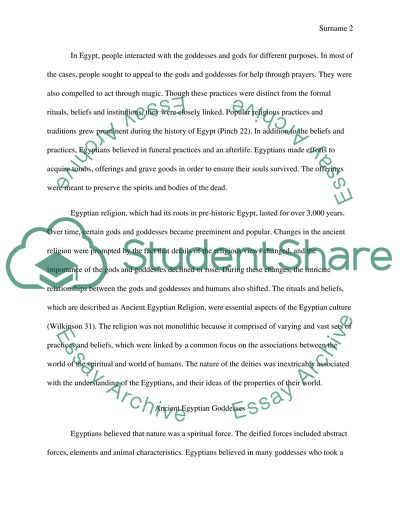Cite this document
(“Ancient Eqyptian Essay Example | Topics and Well Written Essays - 1250 words”, n.d.)
Retrieved from https://studentshare.org/religion-and-theology/1642603-ancient-eqyptian
Retrieved from https://studentshare.org/religion-and-theology/1642603-ancient-eqyptian
(Ancient Eqyptian Essay Example | Topics and Well Written Essays - 1250 Words)
https://studentshare.org/religion-and-theology/1642603-ancient-eqyptian.
https://studentshare.org/religion-and-theology/1642603-ancient-eqyptian.
“Ancient Eqyptian Essay Example | Topics and Well Written Essays - 1250 Words”, n.d. https://studentshare.org/religion-and-theology/1642603-ancient-eqyptian.


